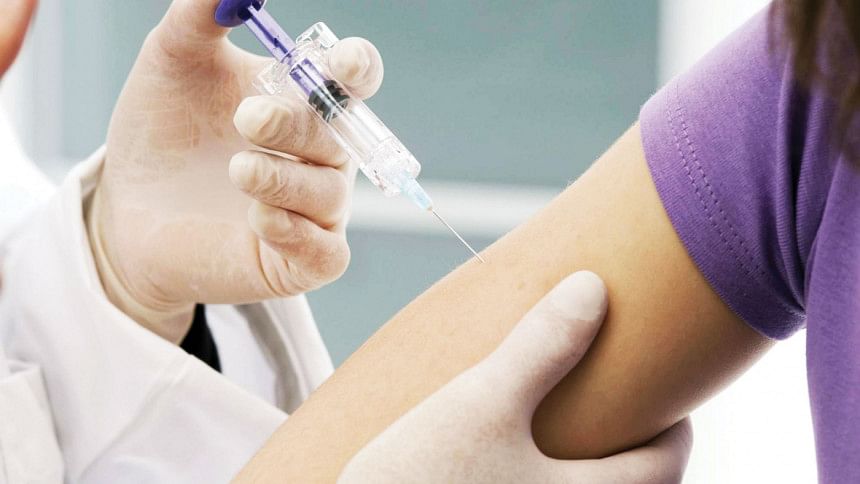Global commitment to eliminate cervical cancer: targets, progress, and impact

January is cervical cancer awareness month. Globally, cervical cancer is the fourth most common cancer in women, with 604,000 new cases in 2020. About 90% of the 342,000 deaths caused by cervical cancer occurred in low- and middle-income countries. Women living with HIV are six times more likely to develop cervical cancer compared to the general population, and an estimated 5% of all cervical cancer cases are attributable to HIV. The contribution of HIV to cervical cancer disproportionately affects younger women, and as a result, 20% of children who lose their mother to cancer do so due to cervical cancer.
Causes: Human papillomavirus (HPV) is a common sexually transmitted infection affecting the skin, genitals, and throat that is often asymptomatic. Risk factors include HPV type oncogenicity, immune status, other STIs, number of births, young age at first pregnancy, hormonal contraceptive use, and smoking.
Prevention: Public awareness and access to information are vital for preventing and controlling cervical cancer. Vaccination at ages 9–14 is highly effective in preventing HPV infection and related cancers. Starting screening at 30 (25 for women with HIV) detects cervical disease, preventing the progression to cancer through timely treatment. Early detection at any age, coupled with quality treatment, offers the potential for curing cervical cancer. These strategies underscore the importance of a comprehensive approach across the life course for effective prevention and control.
HPV vaccination and other prevention steps: As of 2023, six globally available HPV vaccines effectively protect against high-risk types 16 and 18, major causes of cervical cancer. Administered primarily to girls aged 9–14 before sexual activity, the vaccine can be given in 1 or 2 doses, with those with weakened immune systems recommended in 2 or 3 doses. Some countries vaccinate boys to further reduce HPV prevalence and prevent associated cancers. Additionally, preventing HPV infection involves being a non-smoker, using condoms, and considering voluntary male circumcision.
Cervical screening and treatment of precancer: Women should be screened for cervical cancer every 5–10 years, starting at age 30. Women living with HIV should be screened every 3 years, starting at age 25. The global strategy encourages a minimum of two lifetime screens with a high-performance HPV test by age 35 and again by age 45. Precancers rarely cause symptoms, which is why regular cervical cancer screening is important, even if you have been vaccinated against HPV.
After a positive HPV test (or other screening method), a healthcare provider can look for changes on the cervix (such as precancers), which may develop into cervical cancer if left untreated.
Treatment of precancers is a simple procedure and prevents cervical cancer. Treatment may be offered in the same visit (the see and treat approach) or after a second test (the see, triage, and treat approach), which is especially recommended for women living with HIV.
Treatments for precancer are quick and generally painless, causing infrequent complications.
A global response: Globally, countries are committed to eliminating cervical cancer as a public health concern, defined by the World Health Organisation (WHO) as reducing new cases to 4 or fewer per 100,000 women annually. The WHO's Global Strategy outlines three targets to achieve by 2030, including 90% HPV vaccination for girls by age 15, 70% high-quality screening for women aged 35–45, and 90% treatment for women with cervical disease. Modeling estimates project the potential to avert 74 million new cases and prevent 62 million deaths through reaching these goals. The prevention of HPV-associated cancers aligns with broader global health sector strategies, emphasizing a comprehensive approach to combating infectious diseases. Additionally, the World Health Assembly resolution includes actions addressing mouth and throat cancers, underscoring the interconnectedness of health initiatives.
Source: World Health Organisation

 For all latest news, follow The Daily Star's Google News channel.
For all latest news, follow The Daily Star's Google News channel. 



Comments